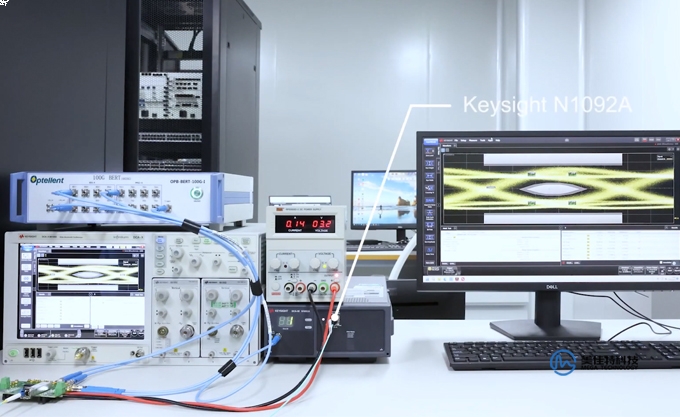FQA
2024.11.15
FQA
What is the difference between SR, LR, LRM, ER and ZR in 10G optical modules?
2024.07.09
SR, LR, LRM, ER and ZR are the more common module types in the 10GIEEE standard, but what is the difference between 10g SR, LR, LRM, ER and ZR? First we need to know what they represent. In fiber optic communication, SR, LR, LRM, ER and ZR are a kind of distance terminology in 10G optical module transmission, SR means short distance, LR means long distance, LRM means length extended multipoint mode, ER means ultra-long distance, and ZR means the longest distance.




FQA
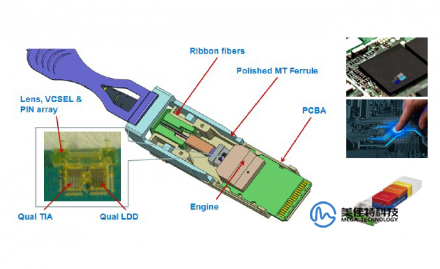
23
2024-04
GPON (Gigabit passive optical network)
GPON (Gigabit passive optical network) is a passive passive optical fibre network with the full name of Gigabit-capable PON. GPON service is an extension of BPON, and compared with other PON standards, GPON standard provides unprecedented high bandwidth (downlink rate of nearly 2.5Gbps), and its asymmetric characteristics are more adaptable to the broadband data service market. Compared with other PON standards, GPON standard provides unprecedented high bandwidth (downlink rate of nearly 2.5Gbps), and its asymmetric characteristics are better adapted to the broadband data service market.
FQA
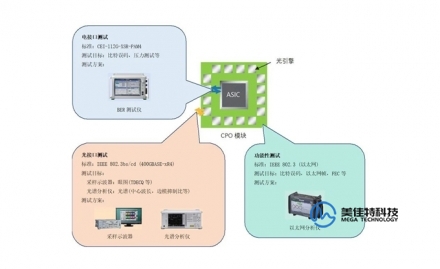
03
2024-04
MS9740B for DUT insertion loss evaluation, procedure?
To use the MS9740B for DUT (Device Under Test) insertion loss assessment, it is first necessary to understand the basic functions and configuration of the MS9740B, a high-precision spectral analyser that supports a wide range of fibre types, including SM fibre (ITU-T G.652) and GI fibre (50μm/125μm), as well as GI fibre (62.5μm/ 125 μm) and has high return loss performance.
FQA
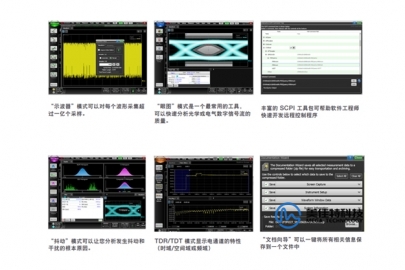
02
2024-04
Difference between KEYSIGHT 86100D and N1092A oscilloscope?
The main difference between the 86100D and the N1092A lies in their areas of application and functionality.The 86100D is a wide bandwidth oscilloscope mainframe, primarily used for precise measurements of high-speed digital designs from 50 Mb/s to over 80 Gb/s.The N1092A/B/C/D/E series are multi-channel optical/electrical sampling oscilloscopes, controlled from a PC via USB. These devices provide different numbers of optical and electrical channel inputs on the front panel and are suitable for tasks such as optical waveform analysis.
FQA
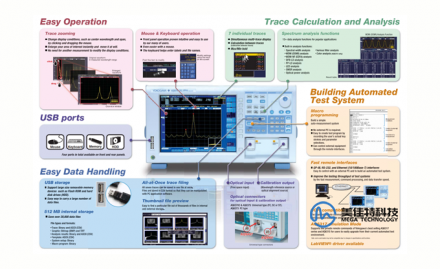
02
2024-04
Difference between Yokogawa AQ6370D and AQ6370C Spectrum Analyser?
Specific improvements in data logging capabilities between the AQ6370D and the AQ6370C include data logging, gated sampling, resolution calibration, advanced marking capabilities, and an enhanced auto-scan mode. These improvements make the AQ6370D even more powerful in logging analysis results, such as in application scenarios such as WDM (wavelength division multiplexing), which provides more efficient and accurate data processing capability
FQA

01
2024-04
What are the main differences in performance and features between the Agilent 86100D and 86100B?
The Agilent 86100D offers significant differences and advantages over other similar products, such as the Agilent 86100B, in terms of measurement range, application areas, accuracy and ease of use, and characterisation performance.
FQA

01
2024-04
What specific measurement modes and use cases does the Agilent 86100D support?
The Agilent 86100D is a high-performance Infiniium DCA-X broadband oscilloscope mainframe with more than 100 GHz of bandwidth that enables accurate measurements from 50 Mb/s to more than 80 Gb/s for high-speed digital designs. The unit supports customization of the mainframe to accommodate optical, electrical, and TDR/S parametric analysis, and can accommodate up to four modules providing a total of 16 measurement channels.
FQA
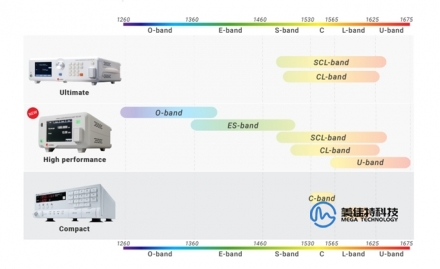
19
2024-03
What applications are the Santec TSL Series lasers suitable for?
Santec's TSL series of tunable lasers are suitable for a variety of application scenarios including, but not limited to: optical device testing, silicon photonic material characterisation, spectroscopy, interferometry
FQA
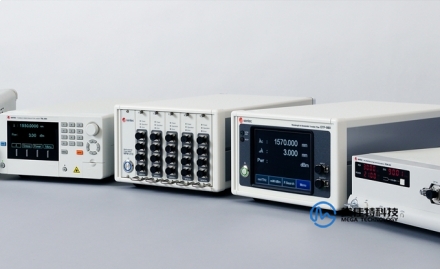
19
2024-03
What range of Santec tunable lasers are available?
Santec is a photonics company based in Komaki, Aichi, Japan, founded in 1979. It specialises in the development and manufacture of tunable lasers, optical test and measurement products, advanced optical components, and bio-photonics devices.Santec's products are used in applications such as optical communications, testing of optical devices, optical imaging/sensing and medical devices.
FQA
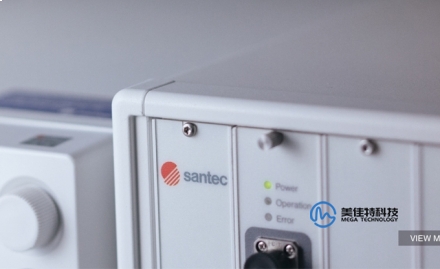
19
2024-03
What types of lasers does Santec have? TSL Series, HSL Series, Tunable Vertical Cavity Surface Emitting Lasers (VCSEL)
Santec is a photonics company based in Komaki, Aichi, Japan, founded in 1979. It specialises in the development and manufacture of tunable lasers, optical test and measurement products, advanced optical components, and bio-photonics devices.Santec's products are used in applications such as optical communications, testing of optical devices, optical imaging/sensing and medical devices.






